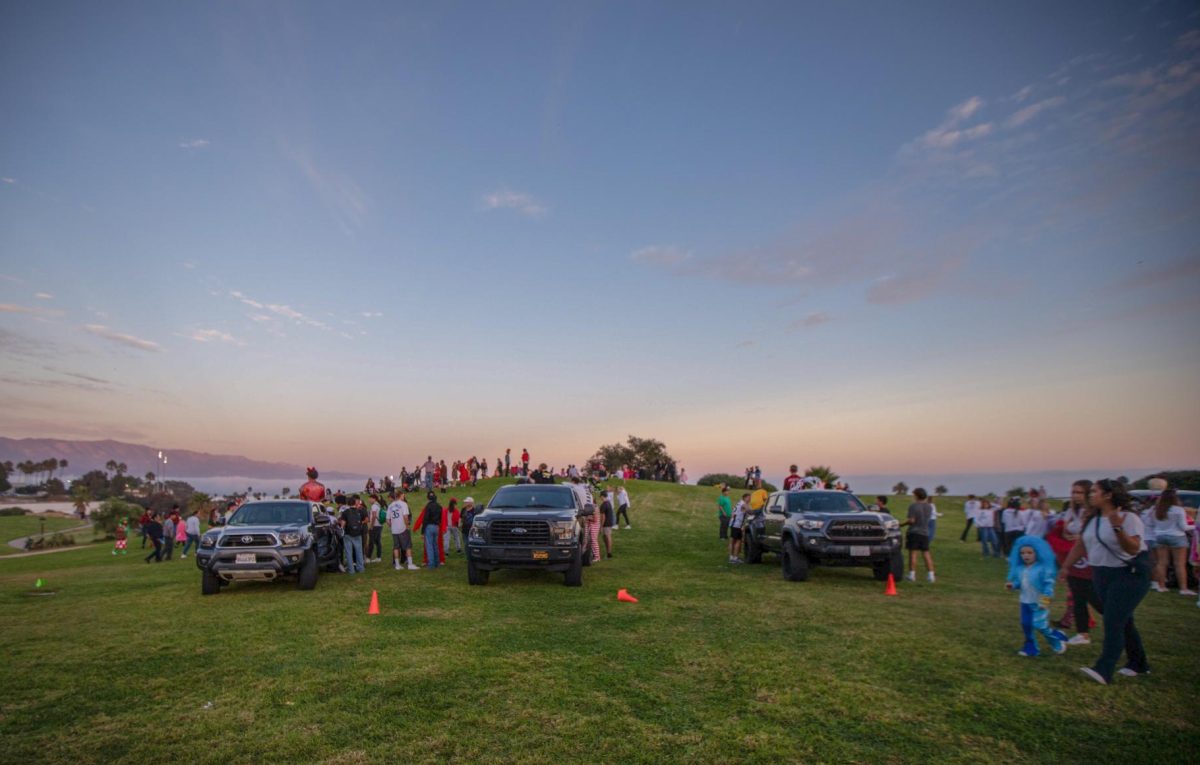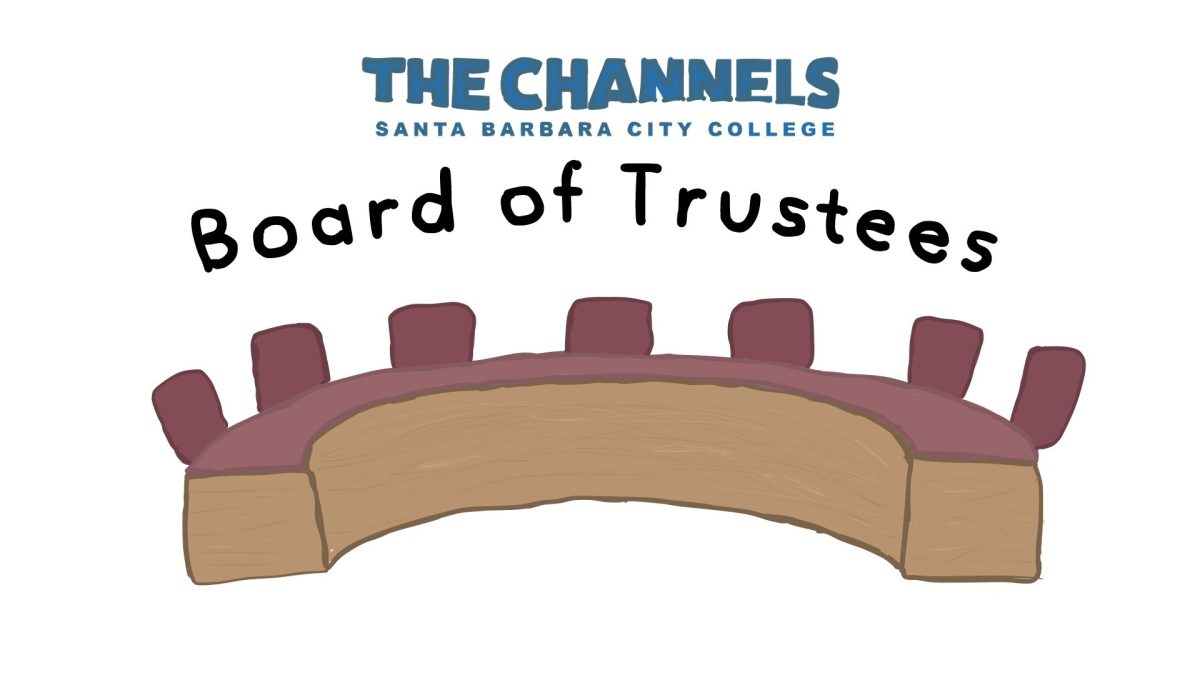Looking out my bedroom window towards the mountains of Goleta, the devastation of the Gap Fire is obvious.
The landscape has been left charred and baron after July’s Gap Fire.
A mere 5-minute drive from my house brings me to the base of ground zero. At the locked fence that effectively marks the end of Glen Annie Road the destruction becomes all too real.
The area is toast.
It looks as if our normally green mountains have been taken back in time and been the focus of a black and white movie, as all color has been drained.
An area that was once covered in thick chaparral brush and oak trees is now a lonely terrain that consists of piles of ash and burnt out tree stubs.
When something like a fire comes through and gets rid of this foliage, it depletes the area’s root system, which effectively is what holds the top layer of mountains together.
With nothing to hold this layer in place when our first big rain storm comes, residents of Goleta like me have begun to fear that massive mudslides are imminent.
Although I feel the earth above us will move in some places, I do not feel that we have a lot of reason to be overly concerned about theses slides being devastating for two main reasons.
First, there are very few residences that rest in the foothills of Goleta. The fact is people for the most part Cathedral Oaks Road is the northern boundary of Goleta. There are very few homes that are on the mountainside of Cathedral Oaks, so it almost acts as a rough city limit.
My mother lives in, and manages, an apartment complex on the north side of Cathedral Oaks and Brandon Drive, and from that point there is not many homes until you hit La Patera Road, a solid two or three miles away.
Unfortunately the nearby region known to locals as “Noleta,” is in a concerning area of the fire damage. This is the section of town above Patterson Road that came closest to being a victim of the Gap Fire. It is highly inhabited and in the foothills of Goleta.
The fact that it is in the foothills alone is concerning because land and mudslides do not occur on flat, level ground, they occur where gravity can take hold of the land. This is the only real section of town I believe should really be concerned.
The rest of us live a good distance from the burn zones so even if the earth in our surrounding foothills does slide, the chances of it reaching our homes is very little.
Also, the city of Goleta has made the first move to fight this prospect when they started dropping a thick layer of what is called hydro-mulch along the mountainsides. These light brown stripes that coat our hills are our first line of defense against the loose ground.
The mulch serves as a holding agent that will keep the land intact during its fragile first months as vegetation-less land and promotes timely growth of the charred land. The mulch is non-toxic and environmentally safe for animals and humans alike.
This mulch has been dropped via small airplanes that have been seen flying lowly over the area. The plan is to cover more than one half of the burnt land with the hydro-mulch, 4500 of 9500 acres.
This winter will be a trying one for residents of Goleta and “Noleta” alike, but I believe the infamous Gap Fire was put out just far enough that a significant earth-slide will not affect those of us below.







